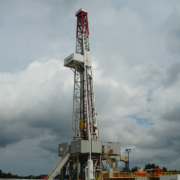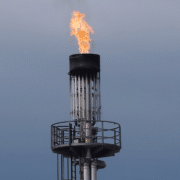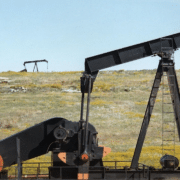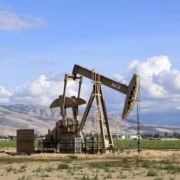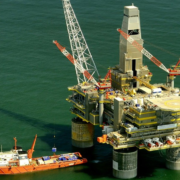Latin America just seems to be unable to synchronize its long-mooted upswing with global energy trends. Venezuela boasts the largest reserves on earth. However, it starts to recover from the havoc US sanctions cripple its entire oil and gas industry. Argentina is assuming to be the next non-US shale boom oil sensation.
Just as international majors started drilling in earnest and exports started to flow out of the country COVID-19 has upended everything. Now Venezuela might be quite a challenge to save under the current circumstances, Argentina, however, is far from being a lost cause despite all the political infighting that surrounds YPF’s activities.
A recent infrastructure deal between Argentina and Chile might provide another ray of hope for Buenos Aires. The embattled Argentinian government concluded on January 26. It is a hope-revamping policy move that has officially signed up for refurbishment and recommissioning.
of the Trans-Andean crude pipeline (TAP). The 115kbpd capacity crude conduit running some 425km from the Neuquen Basin to the Chilean city of Concepcion was commissioned in 1992 and was specifically designed to withstand the hardships of transporting via the Andean Mountains. Its utilization, however, lasted for a bit less than 15 years, shutting down in 2006 after the Argentine government saw off the Chevron supply contract and decided not to continue with Argentinian crude exports towards Chile.
Click here to read the full article.
Source: Oil Price
Image Credit: Max Phillip/Beyond Coal @ Flickr
If you have further questions about the shale boom or more, feel free to reach out to us here.



